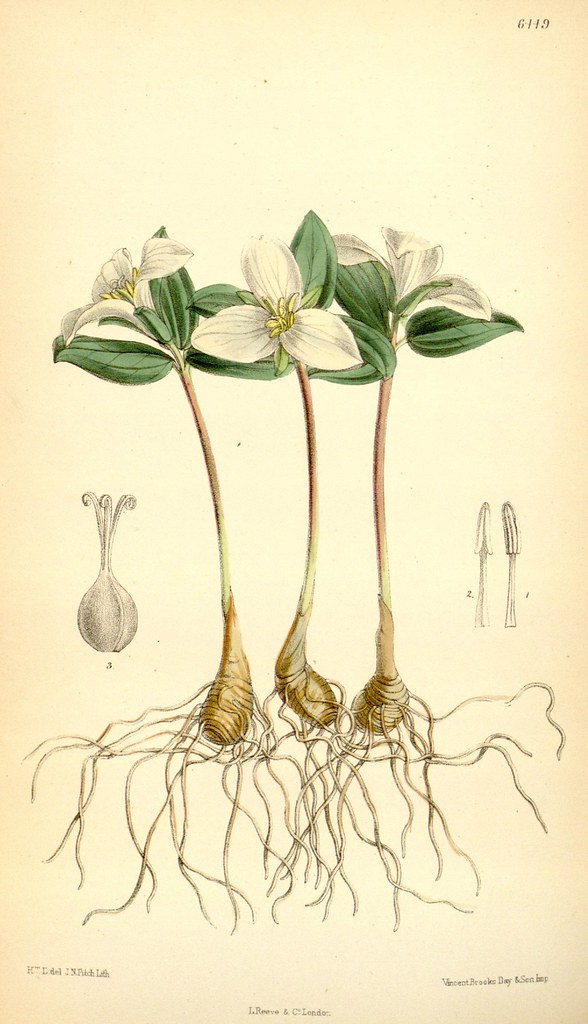#melanthiaceae
Text
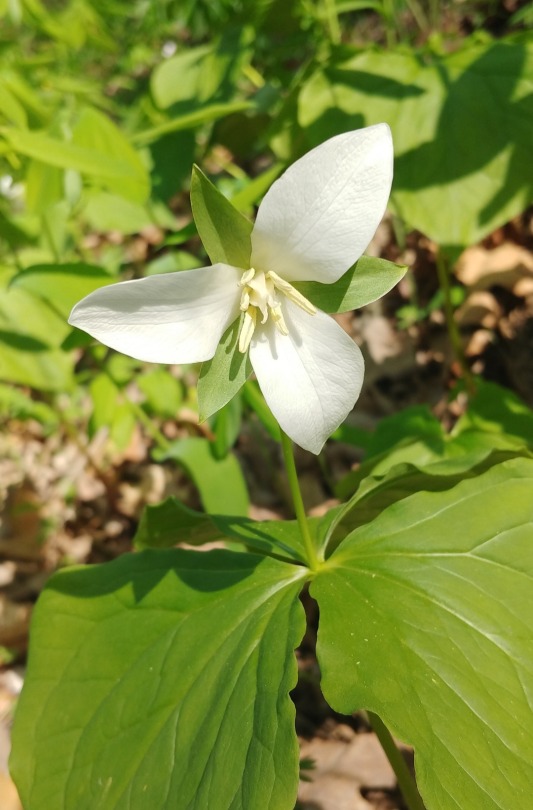
Drooping Trillium
Trillium flexipes
April 12th, 2023
St. Louis County, Missouri, USA
Olivia R. Myers
@oliviarosaline
#botany#Trillium flexipes#trillium#wakerobin#nature#Melanthiaceae#woods#forest#forest floor#spring#spring flowers#The ozarks#ozarks#Missouri#wildflowers#native plants#white flowers#fairycore#naturecore#forestcore#cottagecore#native flowers#flower photography#plant photography#plants#flowers#nodding wakerobin#hiking#nature photography#drooping trillium
46 notes
·
View notes
Text

Veratro comune (Veratrum album L., Melanthiaceae)
32 notes
·
View notes
Video
n140_w1150 by Biodiversity Heritage Library
Via Flickr:
Curtis's botanical magazine.. London ; New York [etc.] :Academic Press [etc.]. biodiversitylibrary.org/page/436644
#Botanical illustration#Botany#Periodicals#Pictorial works#Plants#Ornamental#Missouri Botanical Garden#Peter H. Raven Library#bhl:page=436644#dc:identifier=http://biodiversitylibrary.org/page/436644#BHLCurtis#WomeninScience#artist:name=Harriet Thiselton-Dyer#Harriet Thiselton Dyer#Harriet Anne Hooker Thiselton-Dyer#Q15995730#illustrator:wikidata=Q15995730#HerNaturalHistory#taxonomy:binomial=Trillium nivale#taxonomy:family=Melanthiaceae#flickr#trillium nivale#snow trillium#dwarf white trillium#trillium
0 notes
Text
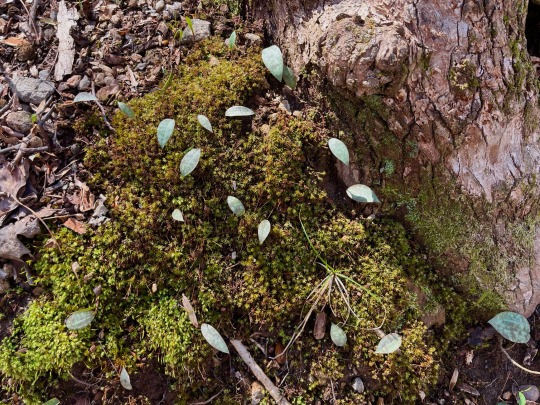
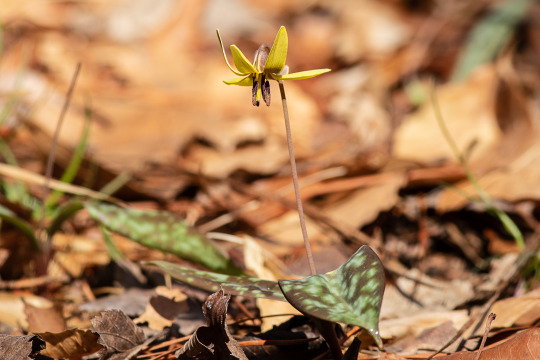
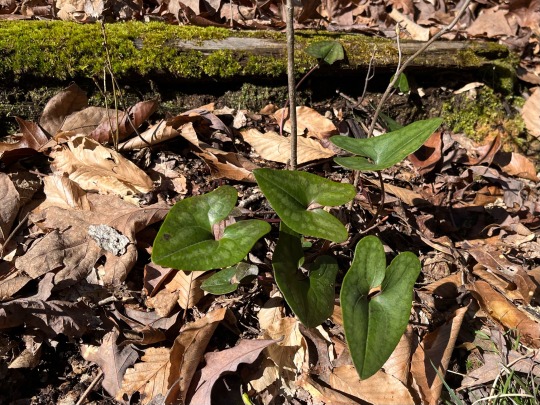
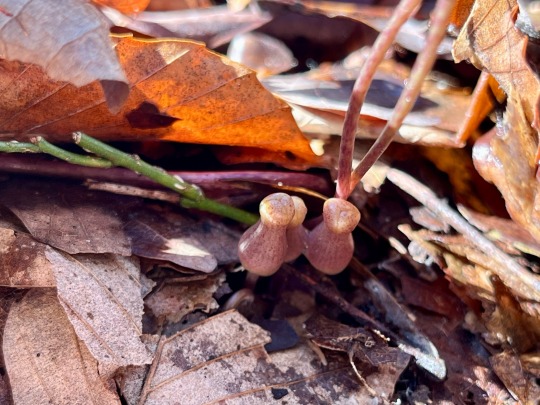

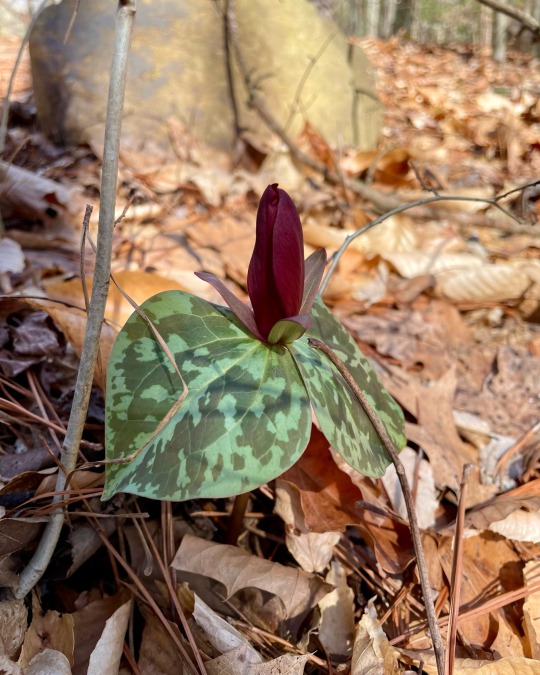
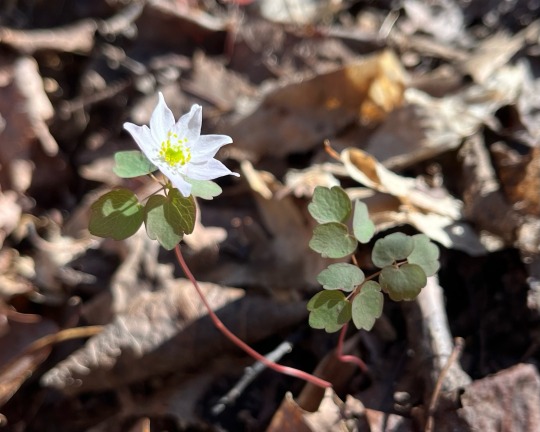
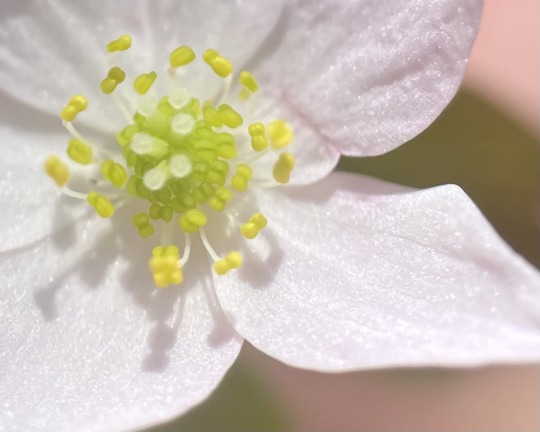


It’s been a while since we’ve gotten out. Too long a while. By row:
(Yellow) Trout lily (Erythronium americanum, Liliaceae)
Little brown jug (Hexastylis arifolia, Aristolochiaceae)
Bloody butcher (Trillium cuneatum, Melanthiaceae)
Rue anemone (Thalictrum thalictroides, Ranunculaceae)
Mayapple (Podophyllum peltatum, Berberidaceae)
These are all a week old, and the trout lilies are already (almost) all bloomless — they ain’t called ephemerals for nothing. I am absolutely thrilled for the return to bloom of our local Hexastylis offerings, and the trilliums are of course a favorite too. An excellent month for mottled leaves.
Many thanks to @krieper for the use of her photos in rows 1, 3, and 5. Much credit also to these deciduously wooded hillsides, which have previously given us some beeches and their drops.
147 notes
·
View notes
Text
v. album
Scientific name: Veratrum album
Family: Melanthiaceae
Kingdom: Plantae
Veratrum plants contain highly toxic steroidal alkaloids—all parts of these plants are poisonous, with the roots and rhizomes being the most poisonous. If ingested, symptoms include abdominal pain, numbness, headache, sweating, muscle weakness, bradycardia, hypotension, and seizures.
Deidara always was very good at putting on a show.
Part 4 of mithridatism, Sasodei.
Words: 4,095, Chapters: 1/1, Language: English
Fandoms: Naruto
Rating: Explicit
Warnings: Creator Chose Not To Use Archive Warnings
Categories: M/M
Relationships: Deidara/Sasori (Naruto)
Additional Tags: Dom/sub, Control, Poison Play, Submission, Pain Kink, Blood Play, Knife Play, Edging, Power Dynamics, Sensory Deprivation, Porn with Feelings, Canon Compliant, Canon-Typical Violence, been a while since ive posted sasodei hows everyone doin, deidara is so pretentious it hurts. like he’s obnoxious with it, no beta we die like. well like sasodei tbh, sasodeiweek, sasodeiweek2024
My entry for sasodei week for the prompt of obsession/possession, because fuck it why not. i havent posted in this series in a while so uhhhhh yeah enjoy jhghjhg
11 notes
·
View notes
Text
REPERTORIO DE: SABADILLA
Asagrea officinalis Sabadilla officinarum Schoenocaulon officinale
Nombre vulgar: Cebadilla.
Hábitat:
Crece en México, Venezuela, Guatemala, Estados Unidos, Perú y Argentina. Los usos de esta planta fueron descritos por primera vez en el siglo XVI; se utilizó para eliminar los piojos del cabello y combatir las lombrices intestinales en niños y adultos.
Descripción: La Sabadilla, es planta con flores de especie Liliáceas de la familia Melanthiaceaes y herbáceas. Las flores están dispuestas en espigas y estas plantas crecen generalmente en chaparrales, junto al roble o en los bosques de pinos; su distribución es limitada en las montañas.
Utilidad: Las semillas.
Principios activos: •Aceite graso. •Ácido quelidónico. •Alcaloides varios. •Resinas. •Sabadina. •Veratrina = Veratridina.
Características:
Su acción es sobre las membranas mucosas de la nariz, glándulas lagrimales y de la garganta, se emplea en resfríos, fiebre de heno con estornudos espasmódicos, nariz goteante que pica, cosquilleo en el paladar y ojos acuosos ardientes con dolor de cabeza. La garganta parece seca y tragar resulta doloroso; lo que implica angina que evoluciona de izquierda a derecha. Tiene acción en la mujer, que imagina estar encinta cuando sólo tiene meterorismo.
Clínica:
•Angina. •Coriza. •Estornudos, por paroxismos espasmódicos. •Fiebre de heno. •Rinitis alérgica vasomotora. •Vértigo por la noche, al levantarse.
Medicamento homeopático
De las semillas se elabora por maceración, la tintura madre y se obtiene por dilución a dinamización = potenciación del medicamento homeopático; preparado acorde a casos clínicos.
Agravación: Con aire frío, olores por fermentación y del vino.
Mejoría: Por los alimentos, bebidas calientes; con el calor y al abrigarse.
Nota.
El remedio homeopático, se elabora acorde a casos clínicos.
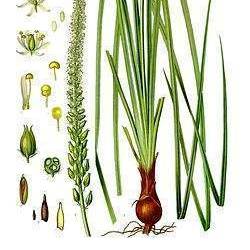
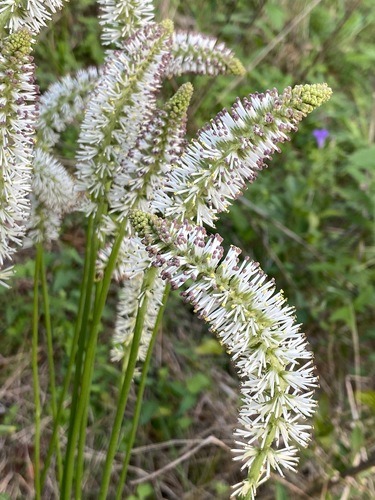
0 notes
Text
Veratrum album
Veratrum album is considered as medicinal plant, but it exhibits strong toxicity. Phytochemicals are used to treat hypertension and cancers. It has potent teratogenicity so not to be used during pregnancy.
General features: The botanical name is Veratrum album (VA), commonly called White hellebore or European white hellebore. The plant belongs to Melanthiaceae / Liliaceae family of Veratrum genus. It is a poisonous plant and native to Europe, mostly around the regions of western Asia, western Siberia, Caucasus, and Turkey. Approximately, 45 different Veratrum species are found within the northern…

View On WordPress
0 notes
Photo

White Trillium
Trillium grandiflorum
Melanthiaceae Family
Photograph taken on May 23, 2020, along the Etobicoke Creek, Mississauga, Ontario.
#wildflowers of southern ontario#White Trillium#Trillium grandiflorum#Melanthiaceae Family#Melanthiaceae#trillium#white#wildflower#wildflowers#plants#flora#Etobicoke Creek#mississauga#ontario#canada
3 notes
·
View notes
Photo

My favorite sign that Spring has arrived in the PNW! This beauty is the Western Trillium, Trillium ovatum (Melanthiaceae). . You might also hear this plant being called a Wake-Robin, because its blooms coincide with the Robin’s appearance in the Spring. . The scientific name refers to the floral parts being in sets of 3’s, and the ovate (egg-shaped) appearance of the leaves. . Spring has sprung, and just like this flower, I am awake again! 🌿🌸🌼☀️ . #trilliumovatum #westerntrillium #melanthiaceae #botany #naturephotography #pnw #pnwonderland #plants #flowers #wildflowers #spring (at Tacoma, Washington) https://www.instagram.com/pnw_botany/p/BvroefQH08M/?utm_source=ig_tumblr_share&igshid=5ecpdohjxz5v
#trilliumovatum#westerntrillium#melanthiaceae#botany#naturephotography#pnw#pnwonderland#plants#flowers#wildflowers#spring
44 notes
·
View notes
Video
J20170406-0058—Trillium angustipetalum—RPBG by John Rusk
Via Flickr:
Trillium angustipetalum—Narrowpetal wakerobin. From the big-tree groves and oak woodlands of the Sierra foothills. Disjunct populations found in San Luis Obisipo and Santa Barbara Counties. The species differs from T. chloropetalum largely in the width of the flower. Some will be available for sale at the RPBG Spring Plant Sale, April 15, 2017. Photographed at Regional Parks Botanic Garden located in Tilden Regional Park near Berkeley, CA
#ebparksok#taxonomy:kingdom=Plantae#Plantae#taxonomy:clade=Tracheophyta#Tracheophyta#taxonomy:phylum=Magnoliophyta#Magnoliophyta#taxonomy:class=Liliopsida#Liliopsida#taxonomy:order=Liliales#Liliales#taxonomy:family=Melanthiaceae#Melanthiaceae#taxonomy:genus=Trillium#Trillium#taxonomy:species=angustipetalum#taxonomy:binomial=Trillium angustipetalum#Trillium angustipetalum#narrowpetal wakerobin#narrow petaled wakerobin#taxonomy:common=narrowpetal wakerobin#taxonomy:common=narrow petaled wakerobin
1 note
·
View note
Text
Flowers from today's dog walk!
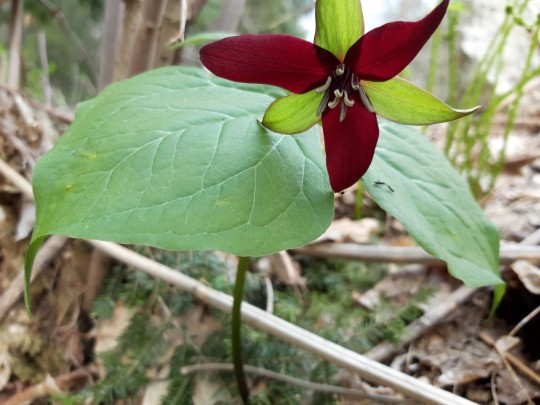
Red trillium, Trillium erectum, melanthiaceae family

Sessile bellwort, Uvularia sessilifolia, colchicaceae family

Japanese pachysandra (non native), Pachysandra terminalis, buxaceae family
4 May 2020, Lake Arrowhead, Maine
8 notes
·
View notes
Text


Prairie Trillium
Trillium recurvatum
These unique, dark trillium plants caught our eye while we were exploring woods in Jersey County, Illinois. This species usually has splotchy green leaves. dailybotany suggested these trillium plants may have upped their anthocyanin production in response to exposure to higher levels of solar radiation. There were a few of these trilliums with dark leaves in the general area, and it may have been a sunnier than usual spot in the understory of the forest there, so this theory makes sense. I still wonder if it's possible this small population carries a genetic mutation... I have explored many woods and never seen trilliums this dark. I love listening to different theories and learning new info.
Trillium recurvatum is native to much of the Mississippi River basin in the central / eastern United States. Eastern Ohio has a few populations, which are listed as potentially threatened by their DNR. There are also a couple isolated populations in North Carolina, but it's debated whether or not they were actually planted long ago. Its closest lookalike with overlapping range is trillium sessile; however, the sepals on s. recurvatum plants curve downward as the flower opens, and the stem is usually much shorter than on t. sessile. This species can grow in habitats ranging from floodplains, to mesic forests and mesic savannas. Often, they're found growing in calcareous soils or over calcium-rich rocks such as limestone.
March 20th, 2024
Jersey County, Illinois, USA
Olivia R. Myers
@oliviarosaline
#botany#trillium recurvatum#trillum#trilliums#wakerobin#wake robin#black plants#nature#woods#naturecore#forest floor#forest#forests#Illinois#nature photography#plant photography#nature walk#melanthiaceae#liliales#black#unique plants#forestcore#hiking Illinois
38 notes
·
View notes
Text



Uva di volpe (Paris quadrifolia L., Melanthiaceae)
(Vecchie dia)
30 notes
·
View notes
Link
Trilliums! Welcome to the next installment of a new series of nature photos that will be short & sweet, and all about the native and naturalized wildlife that is all around us with just one or two interesting nature facts that you might not know about. If you want to find out even more, simply click on the links below!
MORE PHOTOS OF WILDFLOWERS
MORE INTERESTING NATURE FACTS
Join our Monthly Spam-free Newsletter
Sharing and commenting via the social media links below will help me greatly, and is much appreciated. Thank you in advance!
Rich Leighton
August 2, 2018
ALL IMAGES AVAILABLE FOR PRINT OR DIGITAL DOWNLOAD!
©2018 Leighton Photography & Imaging
The post Interesting Nature Facts #28 – Trilliums appeared first on Leighton Photography & Imaging.
0 notes
Text





Trillium cuneatum complex, Melanthiaceae.
The eastern sessile-flowered trilliums comprise ~8 species more or less circumscribed by the Trillium cuneatum complex. Within these species and between populations, morphology is variable and molecular genetic data are sparse. There are probably several cryptic taxa hidden among the southeastern US’ named endemics, but I’m not the person to ask about such things. Chapter 2 of Jayne Lampley's 2021 dissertation "A systematic and biogeographic study of Trillium (Melanthiaceae)" is worth a peek if you're into that.
T. cuneatum itself — equally called purple toadshade, little sweet Betsy, and bloody butcher; — is most common in my neck of the woods. Although yellow toadshade T. luteum doesn’t naturally occur here, cultivated specimens have escaped and intergraded in a few patches up and down the Piedmont. To the extent they co-occur, they do so in upland woods, preferentially under deciduous trees and in limestone soils. The pictures above are on less calcareous clays, but obviously that's no dealbreaker.
19 notes
·
View notes
Photo

Een bijzondere schoonheid: #zwartenieswortel #veratrumnigrum #melanthiaceae #veratrum #blackfalsehellebore #schwarzergermer #vératrenoir #svartnysrot #ciemiężycaczarna #botanicalgarden #tuin #hilversum #plantsofinstagram #flowersofinstagram (bij Botanische Tuin Dr. Costerus)
#schwarzergermer#svartnysrot#zwartenieswortel#blackfalsehellebore#hilversum#plantsofinstagram#vératrenoir#botanicalgarden#veratrum#flowersofinstagram#tuin#melanthiaceae#ciemiężycaczarna#veratrumnigrum
0 notes
